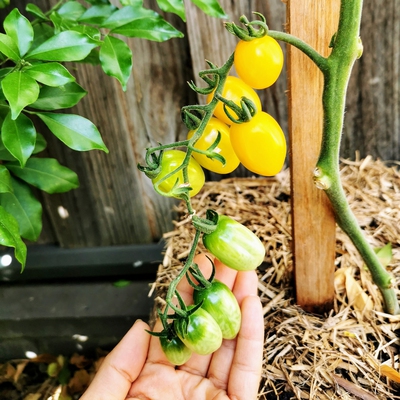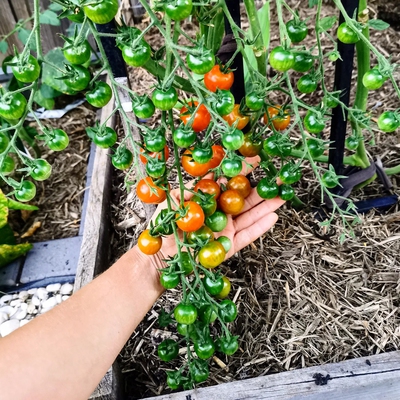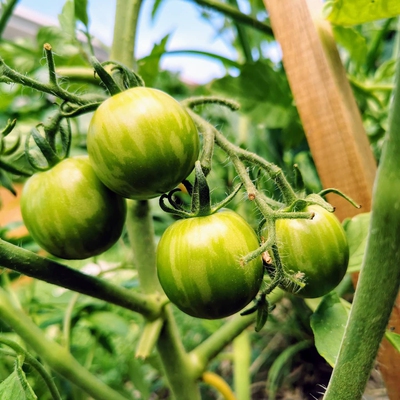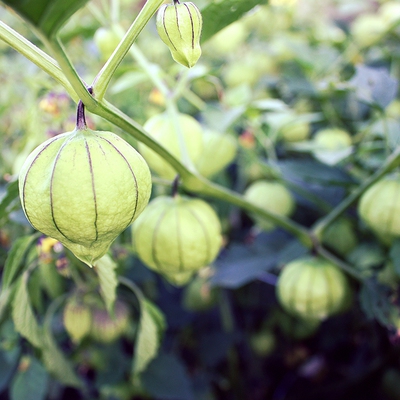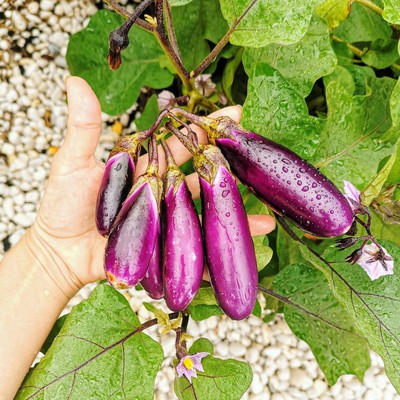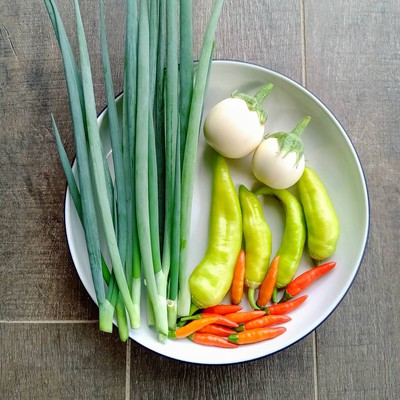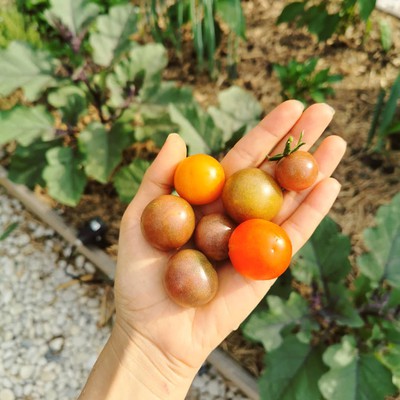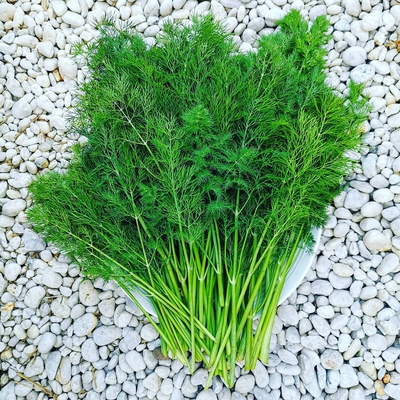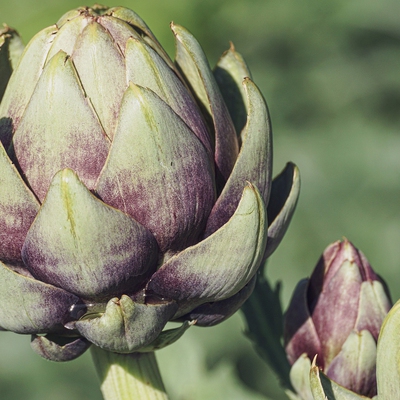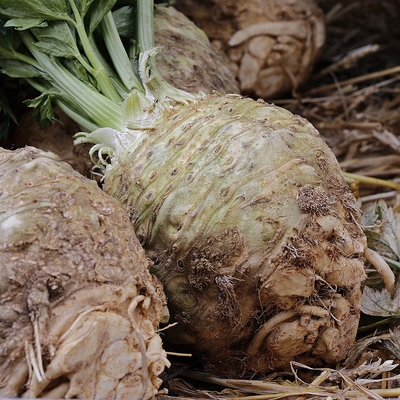Learn the basics of growing Tomato, from sun requirements to planting tips to harvesting. Get your garden ready for a bountiful Tomato harvest this year!
 Soil
Soil
What soil is good for Tomatoes?
Tomato plants prefer rich, well draining soil with plenty of compost mixed in.
 Position
Position
How much sun do Tomatoes need?
Plant Tomatoes in a full sun position.
 Frost Tolerant
Frost Tolerant
Are Tomatoes frost tolerant?
No, Tomato plants are not frost tolerant.
 Spacing
Spacing
How much space do Tomatoes need?
Plant Tomatoes roughly 50cm apart. Spacing will vary depending on the variety planted.
 Planting
Planting
When should I plant Tomatoes?
Tomatoes are warm season crops that are best planted when soil temperatures reach roughly 20°C (68°F).
Tomato can be sown indoors in late winter and planted out in spring once the danger of frost has passed.
If transplanting a potted plant, dig a hole 2-3 times the width of the root ball. Unlike most plants, tomatoes have the ability to grow roots along their stems, so don't be afraid to plant them deeply. Planting deeply will also help stabilise tall and leggy seedlings.
If transplanting, plant out in the early morning or evening and/or on an overcast day. Avoid planting at peak sun times or on windy days, this will allow your plants to settle in comfortably and protect them from windburn and sunburn.
 Feeding
Feeding
What do I feed Tomatoes?
Feed your Tomato plants with a regular application of organic fertiliser throughout the season. Water plants deeply and consistently.
 Harvesting
Harvesting
When can I harvest Tomatoes?
Ripe tomatoes have a bit of give when pressed. Depending on the variety planted, ripe tomatoes will generally have transitioned from green to the colour planted (red, yellow etc). Tomatoes will continue to ripen off the vine.
 Pests
Pests
What pests do Tomatoes get?
Pests that can affect Tomato plants include: Aphids, Slugs, Snails, Cutworm, Stem Borer, White Fly, Caterpillar, Fruit Fly, Tomato Leaf Miner, Spider Mites, Tomato Hornworm, Armyworm, Cabbage Looper, Corn Earworm, Flea Beetle.
 Diseases
Diseases
What diseases do Tomatoes get?
Diseases that can affect Tomato plants include: Anthracnose, Black Mold, Early Blight, Late Blight, Fusarium Wilt, Gray Mold, Septoria Leaf Spot, Target Spot, Verticillium Wilt, Bacterial Canker, Bacterial Spot, Bacterial Wilt, Mosaic Virus, Powdery Mildew, Tomato spotted leaf Virus, Root Knot Nematode.
 Notes
Notes
Is there anything else I need to know about Tomatoes?
Tomato plants are grouped into two categories- Determinate and Indeterminate.
Determinate or "bush" Tomato plants, are varieties that grow to a compact height. Determinate varieties stop growing when fruit sets on the top bud. All the fruit ripens at approximately the same time (usually over a period of 2 weeks), after that the plant will stop producing fruit. These Tomatoes may require some staking for support as their fruit load can become quite heavy.
Indeterminate Tomato plants will continue to grow and produce fruit throughout the entire growing season, until they are killed by frost. These plants are vine like in nature and can reach heights of 6 to 12 feet. They require substantial staking for support.
 Troubleshooting
Troubleshooting
How do I troubleshoot my growing problems?
It is important to follow a few simple steps when growing Tomatoes in order to give your plants the best possible start.
- Mulch the soil around your plants to prevent the splash back of wet soil onto the leaves, this helps prevent soil borne diseases from colonizing on the leaf surface. Mulching also helps to retain moisture in the soil.
-If using stakes to support your plants, be sure to place them in the ground at the time of planting so not to damage the roots later on.
-Tomatoes are extremely prone to disease. Cut off any leaves that are touching the ground to further prevent soil borne diseases.
-Have good airflow between plants and ensure that all of the leaves have access to sunlight. Trim off any overlapping leaves as they may trap moisture, which leads to disease.
